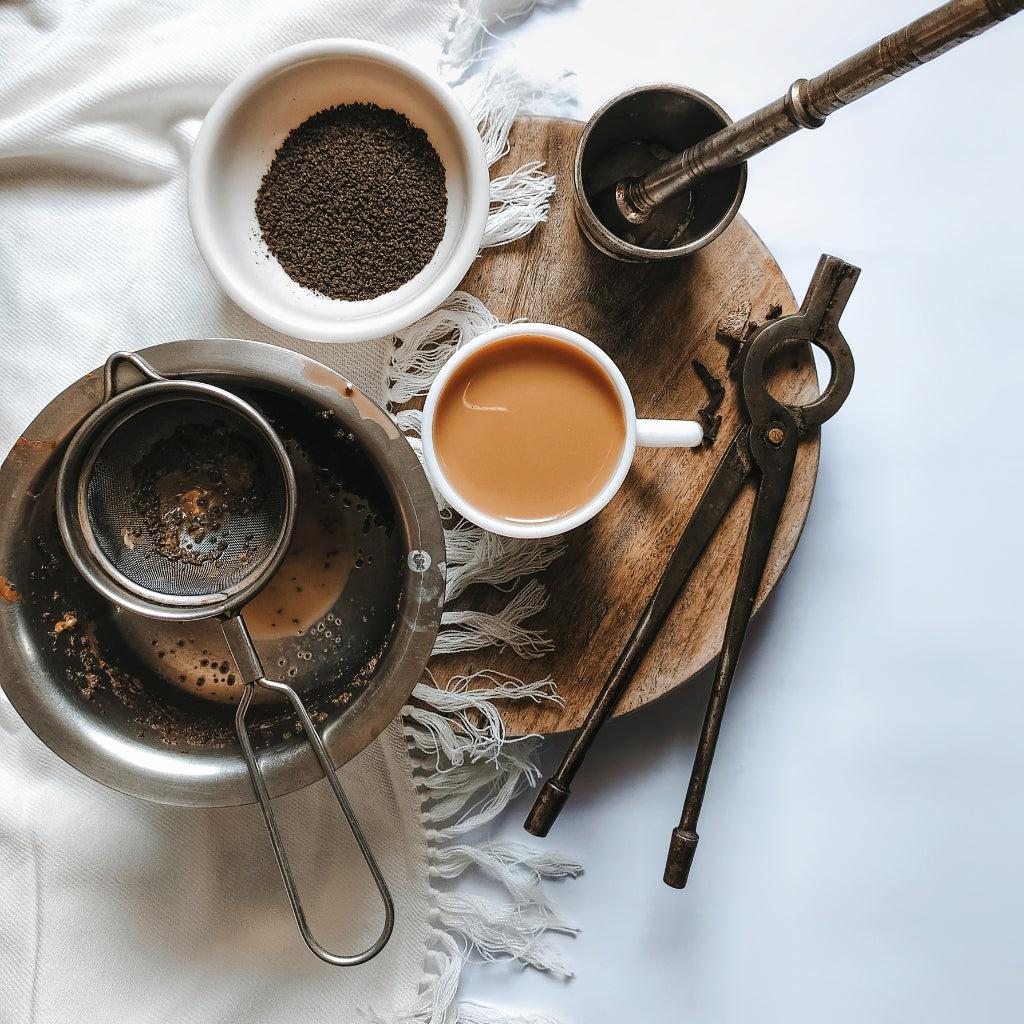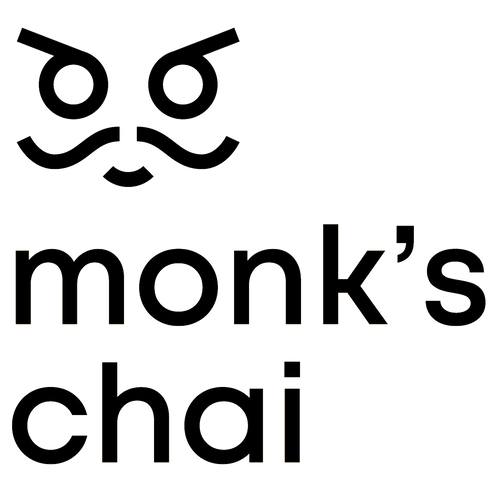Tea, the second most consumed beverage in the world after water, is more than just a comforting drink—it's an experience, a tradition, and for many, a passion. Among the myriad ways to explore and enjoy tea, one method stands out for its ability to deepen our appreciation and understanding of this ancient beverage: tea cupping. This beginner's guide will introduce you to the art of tea cupping, a practice akin to wine tasting, designed to evaluate the quality, flavor, and aroma of tea in a systematic and thoughtful manner.
What is Tea Cupping?
Tea cupping is a professional practice used by tea producers, buyers, and enthusiasts to critically assess tea's quality. This method involves a standardized procedure to ensure consistency and objectivity, enabling one to discern the subtle differences and complex flavors that each type of tea presents. Whether you're a seasoned tea connoisseur or a curious newcomer, learning the art of tea cupping can transform your tea drinking experience.
Why are people cupping tea?
Tea cupping not only enhances your appreciation and understanding of tea but also hones your sensory skills, making you more attuned to the nuances of flavor and aroma in other foods and beverages. It's a journey of discovery, one cup at a time.
The Step-by-Step Guide to Tea Cupping

Embarking on your tea cupping journey requires little in the way of equipment but much in attentiveness and curiosity. Here's how you can start:
1. Gather Your Tools
For an authentic tea cupping session, you'll need:
- Professional cupping sets or small, identical bowls
- Precise scale for measuring tea
- Temperature-controlled water kettle
- Timer
- Cupping spoon
- Notebook and pen for notes
2. Measure and Prepare
Consistency is key in tea cupping. Measure about 2.5 to 3 grams of tea per 150 ml of water, adjusting the water temperature according to the type of tea. Boiling water suits black teas, while green, white, and oolong teas often require cooler temperatures.
3. Steep with Precision
Steep the tea for 3 to 5 minutes, depending on the tea variety. This step is crucial for extracting the full range of flavors and aromas.
4. Engage Your Senses
After steeping, remove the lid and immerse yourself in the aroma of the wet leaves. Evaluate the color of the tea liquor and prepare for the most anticipated part: tasting.
5. Taste and Discover
Slurp the tea to aerate it, allowing the flavors to fully envelop your palate. Note the body, acidity, sweetness, and aftertaste. Each sip is a lesson in the complexity of tea.
6. Reflect and Note
Document every observation, from the dry leaf's appearance to the lingering aftertaste. These notes are your insights into the world of tea.
The Difference Between Tea Cupping and Tea Tasting
While tea cupping and tea tasting might sound similar, they serve different purposes. Tea cupping is a structured evaluation process, focusing on the analytical assessment of tea for professional and educational purposes. On the other hand, tea tasting is a more casual, personal experience, aimed at enjoying and exploring tea's flavors without the strict protocols of cupping.
Tips for a Successful Tea Cupping Session
- Ensure your environment is free from distractions and odors that could interfere with your sensory evaluation.
- Practice regularly to refine your ability to detect subtle flavors and aromas.
- Keep an open mind and let each tea tell its story through its unique characteristics.
Tea cupping is an accessible, enriching practice that opens up a new dimension of the tea experience. By engaging deeply with the tea, you not only learn about its origins, processing methods, and flavor profiles but also about your own preferences and palate. So, why not start your tea cupping adventure today and see where it takes you?
See more: Chai tea and afternoon tea

